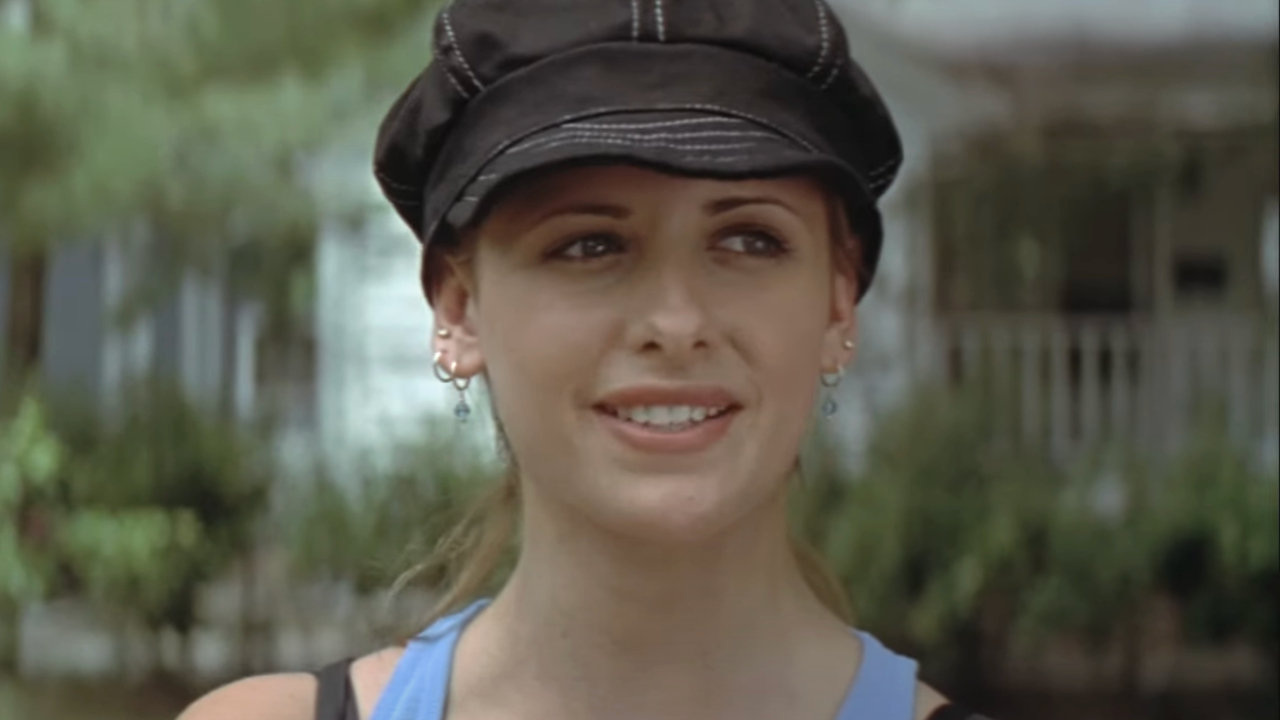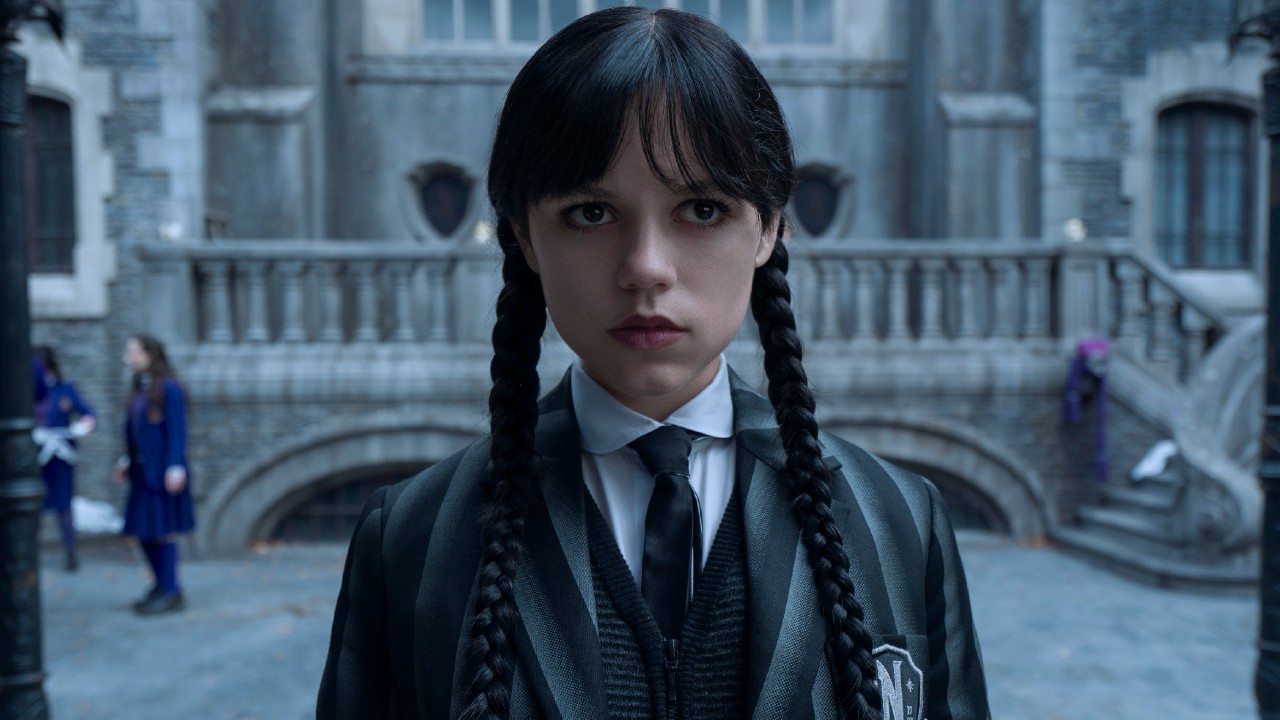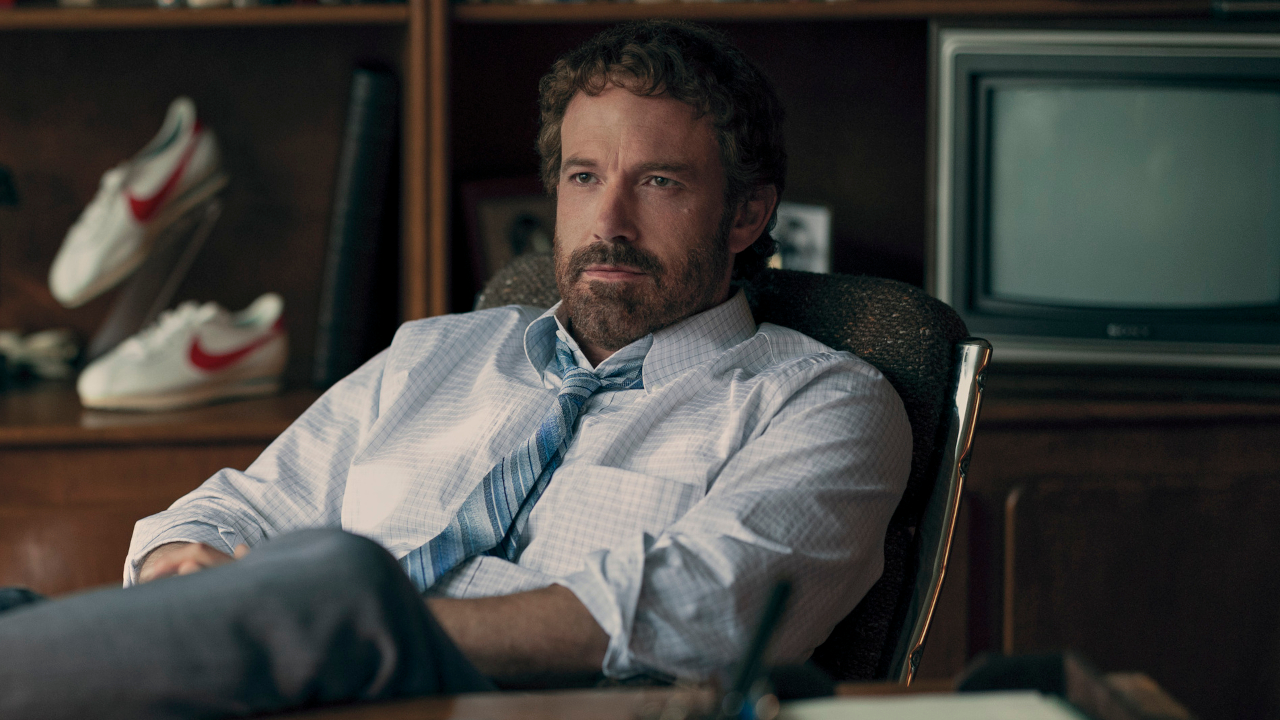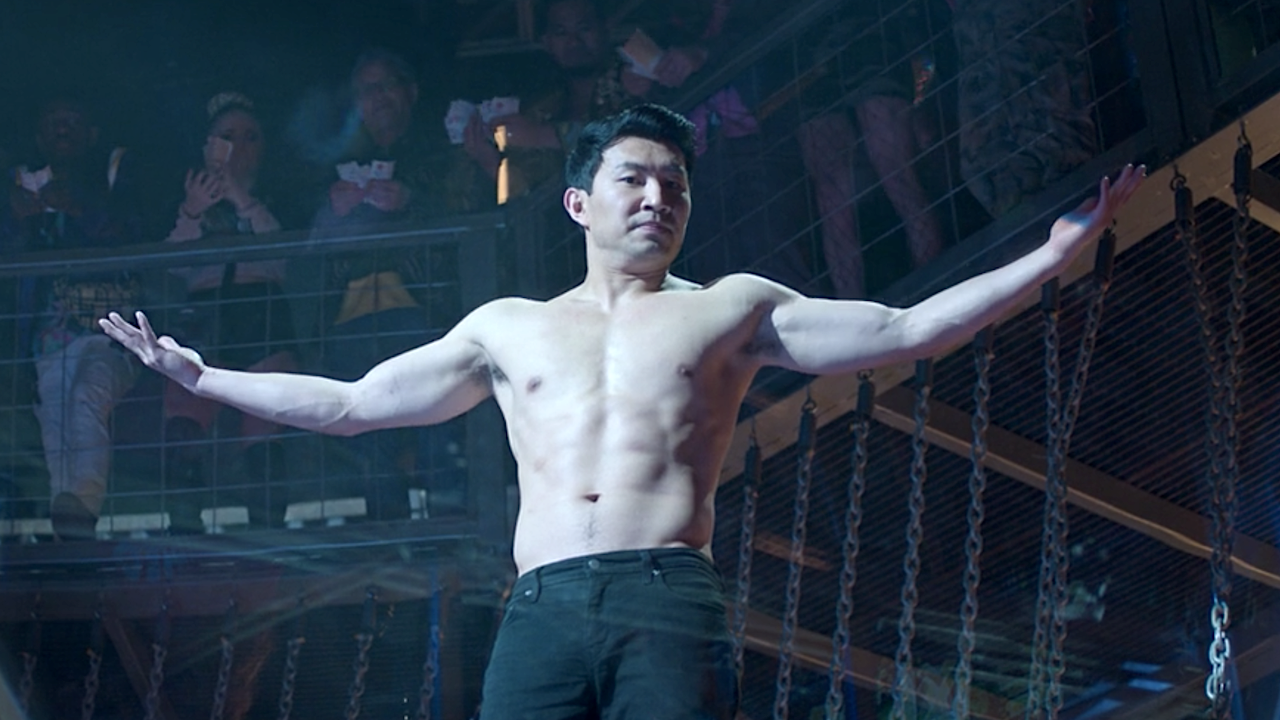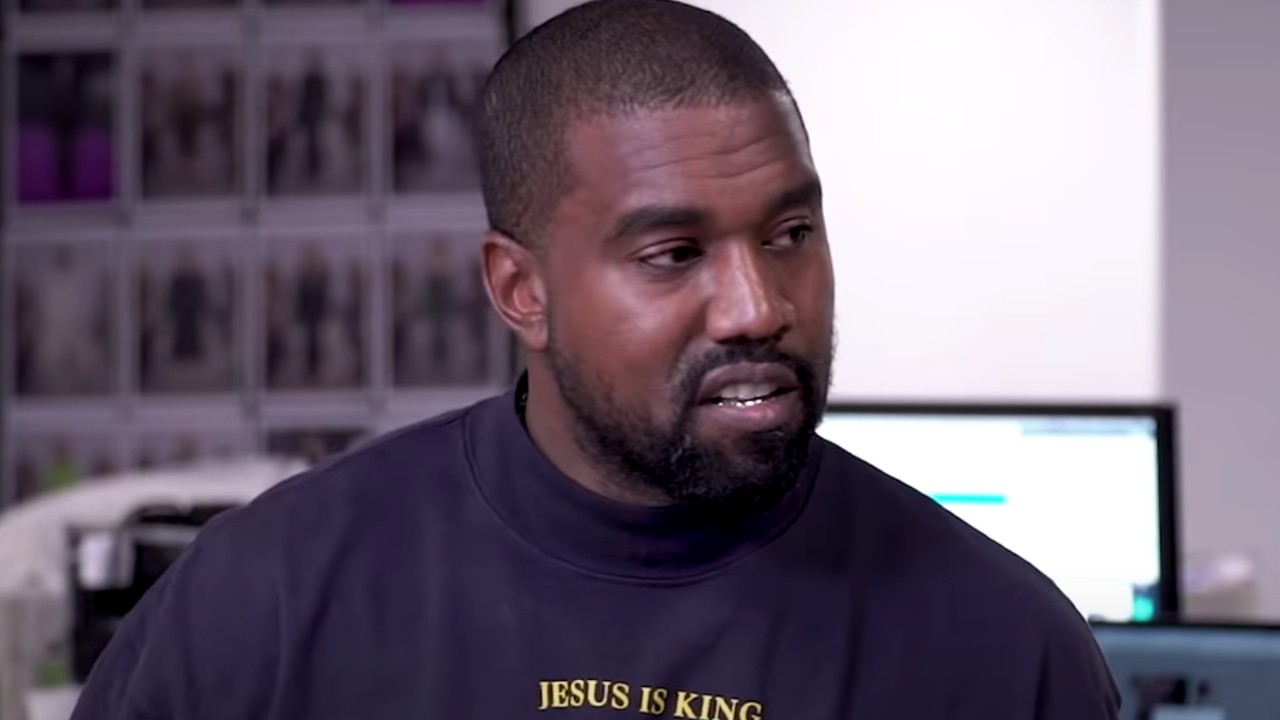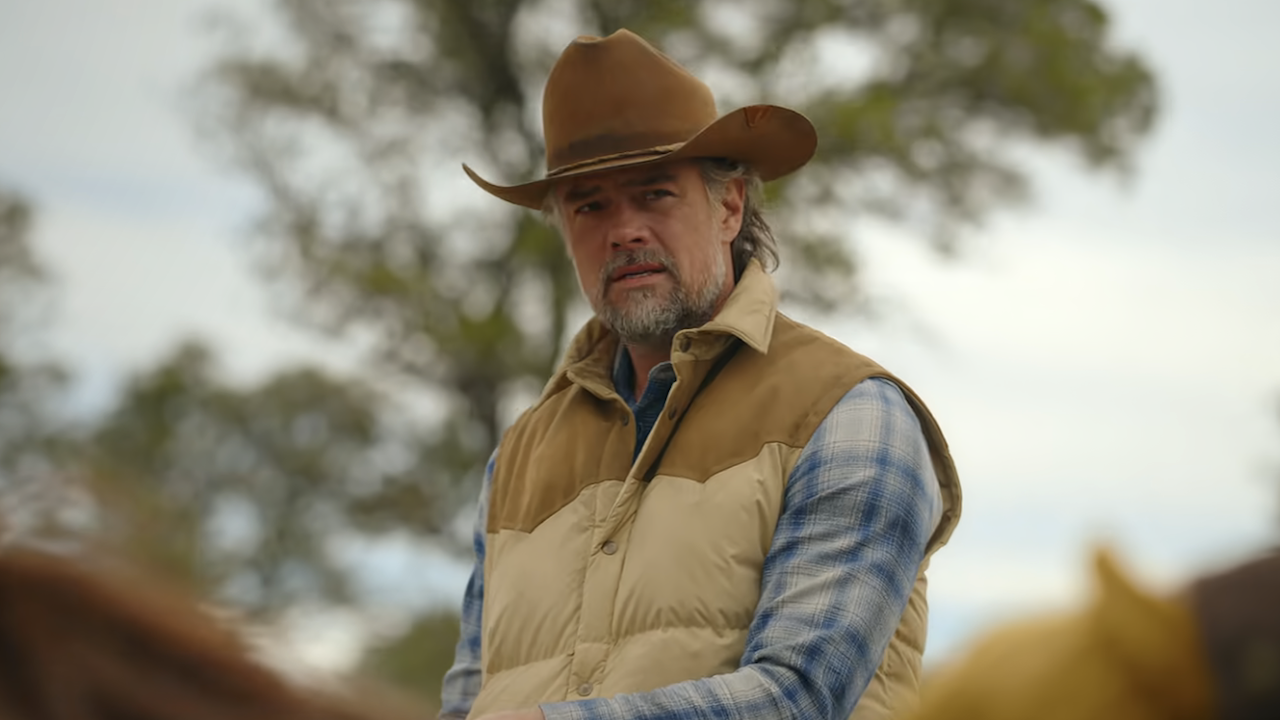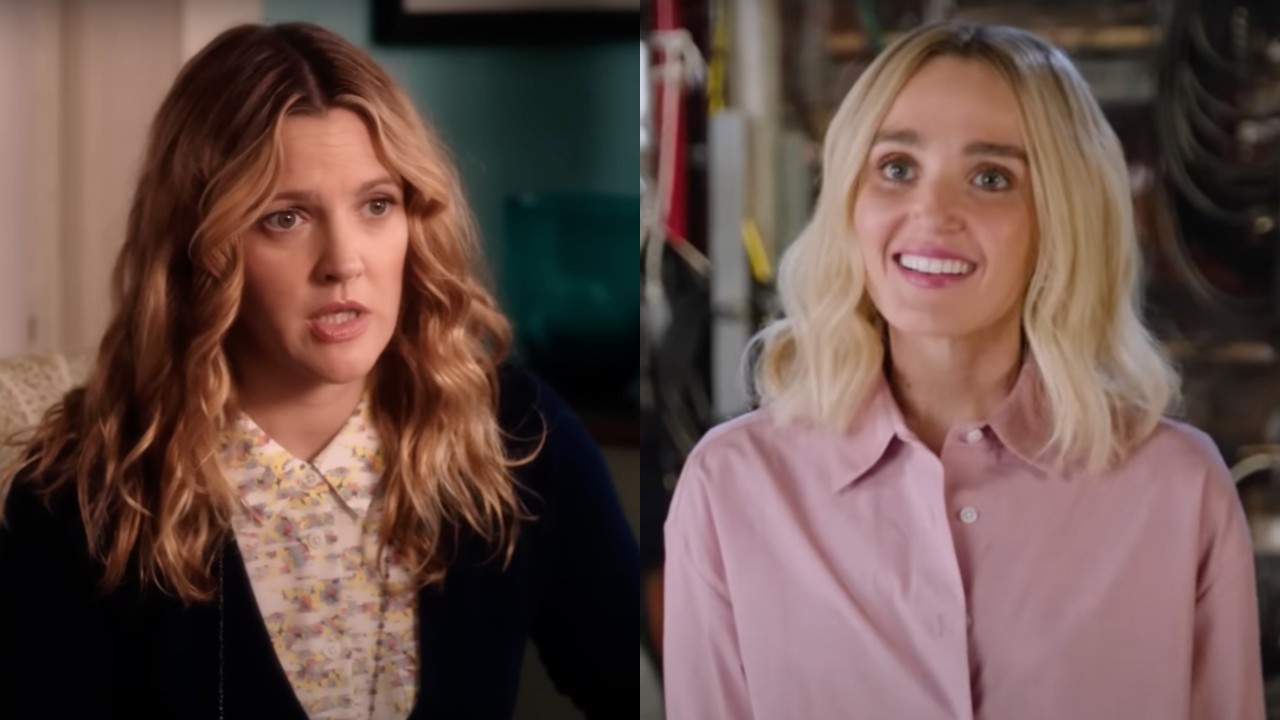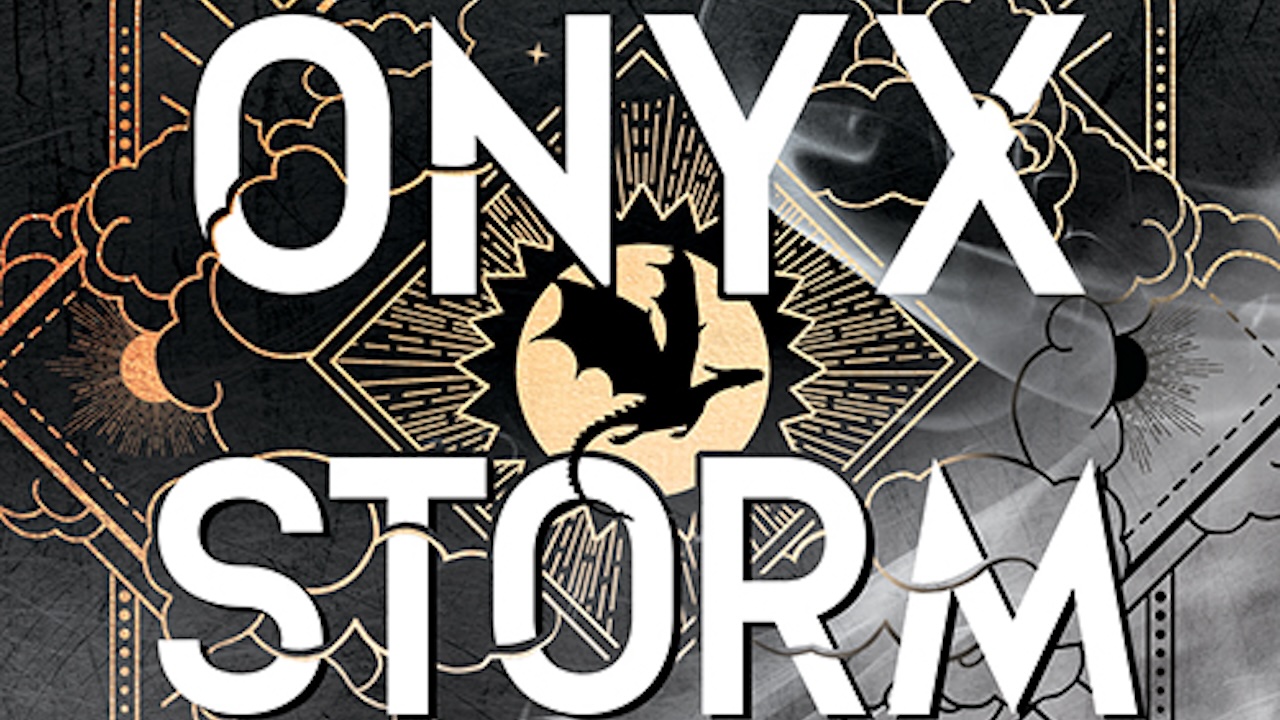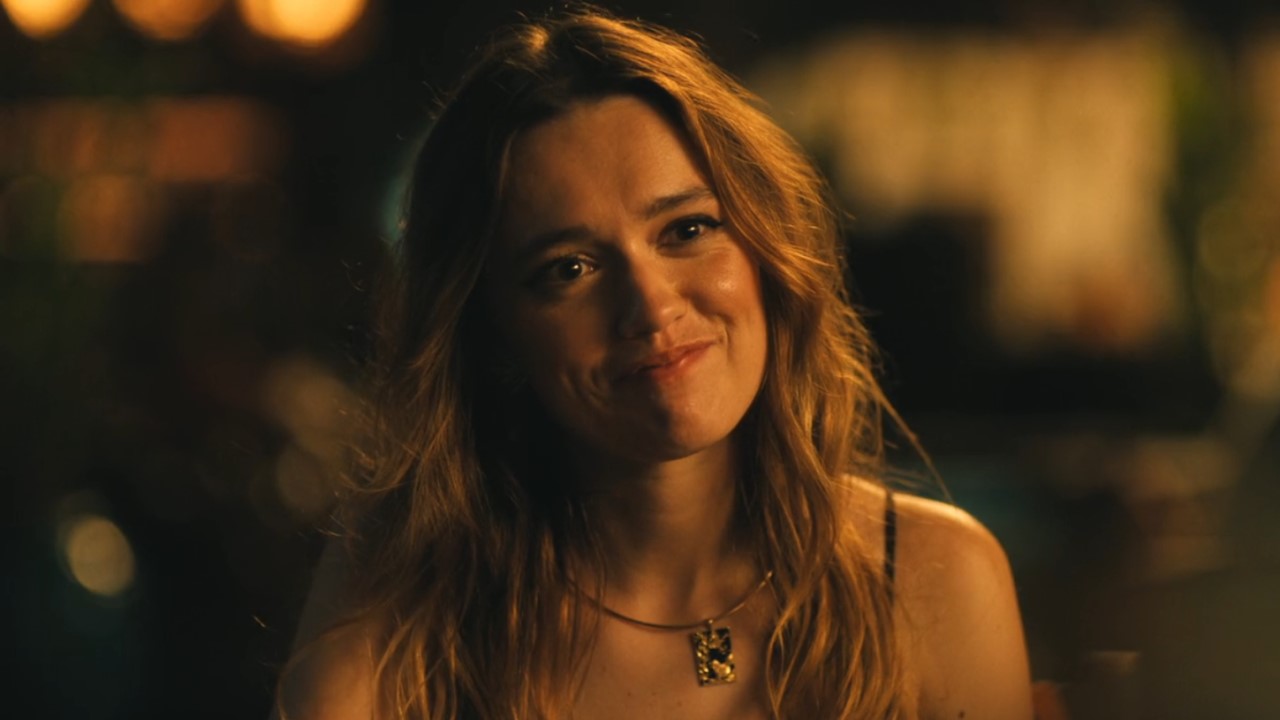How The Turning Director Approached The Film’s Big Twist Ending
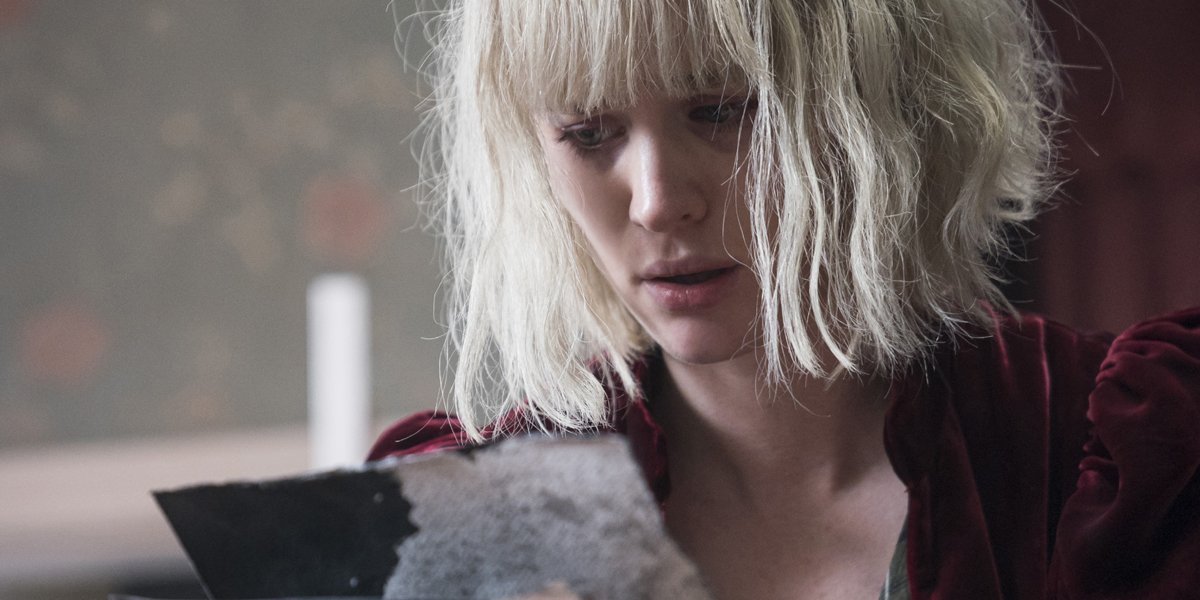
SPOILER ALERT: The following article contains massive spoilers for The Turning. If you have not yet seen the film, proceed at your own risk!
As we are only in the last week of the first month, 2020 is still fairly young, but already movie-fans have been delivered a serious “What the hell?” ending courtesy of Floria Sigismondi’s The Turning. At one moment it seems like Kate (Mackenzie Davis) is going to rescue Miles (Finn Wolfhard) and Flora (Brooklynn Prince) from the ghosts that haunt Bly Manor… but then a quick rewind reveals the truth: Kate’s time as governess has effectively opened something inside of her, and everything we’ve seen seeing through her perception has been skewed by a mental breakdown.
It’s a jarring and surprising conclusion – and one I recently discussed during interviews with The Turning’s director and star. For her part, Floria Sigismondi was very upfront about the fact that the ending we see in the finished cut of the film was not the only one in contention during the final edit. When I asked about the evolution of the project from first cut to final draft, she plainly revealed this fact, and also when we’ll be able to see the other options that were filmed:
We played with different endings. You'll see it in the DVD extra footage.
While my time with Floria Sigismondi didn’t allow a deep-dive discussion about the alternative sequences, one fan of the ultimate choice is Mackenzie Davis. Being aware of the different possibilities that could have been cut into The Turning (given that she was at the center of all of them), the actress noted that the final decision was one of which she personally approved, particularly because it was the one that she felt honed closest to the movie’s source material, Henry James’ “The Turn of the Screw.” Davis explained,
I think the ending that we have is the one that is the most faithful to the novella, and it's the only one that feels like it works. The other ones felt like we were turning the source material into something else so much that it's like, well, then why do you need source material? And this feels like this is the spirit of the novella.
We’ll have to wait for the home video release of The Turning to get the full scoop on the endings we didn’t see, but my interview with Floria Sigismondi did cover her thought process behind what audiences can now see on the big screen. The filmmaker revealed that she essentially had two priorities in making the final choices: give the audience something they don’t expect, and re-contextualize the original text to better fit with the story’s updated setting.
Published in 1898, “The Turn Of The Screw” was written at a time when the American Psychiatric Association was actively using the diagnosis “female hysteria,” and Floria Sigismondi saw it appropriate to update the perspective to be more modern (with an assist coming through the setting being changed to the early 1990s. Said Sigismondi,
I wanted to surprise audiences. I wanted to give them something else. We know what's in the book. I also didn't want... when the novella was written, women went crazy and they were dangerous and they could hurt people, so I didn't want to make Kate into a monster. I just wanted to be more sympathetic to Kate, and what she was dealing with in the outside world, and how she wasn't being listened to, and how that alone could drive you crazy.
While there is definitely some ambiguity that’s left in the ending of The Turning, such as the never-revealed identity of the person who Kate is terrified to see in the film’s closing moments (in this writer’s view, the face she sees is her own), but what we are certainly witnessing is the final unraveling of the protagonist. Her genetic potential for mental illness, passed down to her from her hospitalized mother (Joely Richardson), has claimed her mind.
CINEMABLEND NEWSLETTER
Your Daily Blend of Entertainment News
Floria Sigismondi continued by explaining that Bly Manor winds up being a sort of catalyst for Kate. Everything comes to a head as a result of her relationships with Miles, Flora, and Mrs. Grose (Barbara Marten), and it tips her over the edge. The director told me,
The idea of this sort of toxic masculinity that she's seeing through Miles, and it's more sort of passed down through this generational abuse and, and putting her in the house and with the children, who are kind of like the key that unlocks the Pandora's Box within Kate. So that last act you are in with Kate and you are feeling what it feels to be her, and to fantasize about saving the kids, and doing what she really wants to do it. She just can't because of the things she's been through.
What we actually see play out in the third act of The Turning, with Kate and the children in the car racing to escape, is just fantasy, and what Kate wishes would happen. But that’s not the truth, which is what’s revealed in the final scenes.
There are still some unanswered questions, such as what happened to Denna Thomsen’s Miss Jessel (is she simply alive and well somewhere, or did something actually happen to her?), but those are the kind of open-ended threads that don’t necessarily require an answer, and are fun to debate with other people who have seen the film.
If, for whatever reason, you have decided to read this feature before seeing The Turning, or you’d like to see it again to look for scattered clues throughout the movie, it’s currently playing in theaters nationwide. And if you’re interested in discovering the endings that weren’t featured in the final cut, the date for the digital/Blu-ray/DVD releases of the film haven’t been set yet, but we’ll keep you updated on that front with our monthly home video guide.
To see what else will be heading to the big screen soon, check out our 2020 Release Calendar, and, as always, be on the lookout for more CinemaBlend interviews with great filmmakers and performers.

Eric Eisenberg is the Assistant Managing Editor at CinemaBlend. After graduating Boston University and earning a bachelor’s degree in journalism, he took a part-time job as a staff writer for CinemaBlend, and after six months was offered the opportunity to move to Los Angeles and take on a newly created West Coast Editor position. Over a decade later, he's continuing to advance his interests and expertise. In addition to conducting filmmaker interviews and contributing to the news and feature content of the site, Eric also oversees the Movie Reviews section, writes the the weekend box office report (published Sundays), and is the site's resident Stephen King expert. He has two King-related columns.
